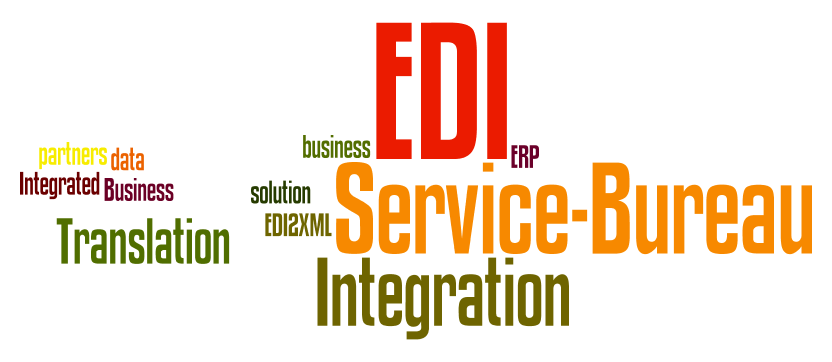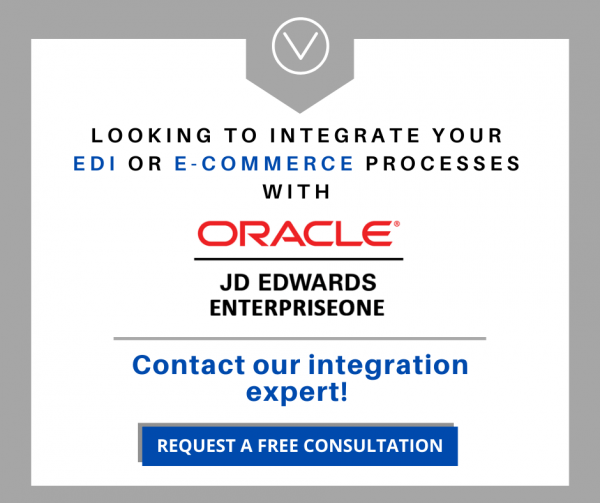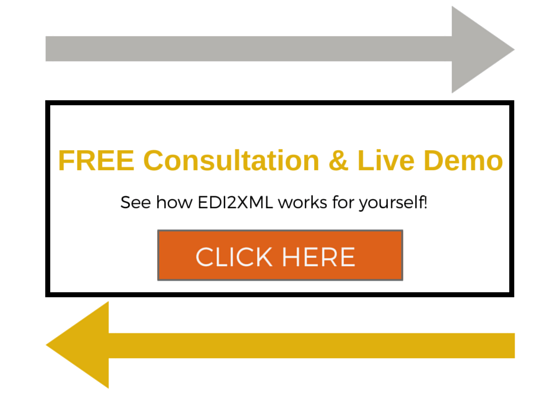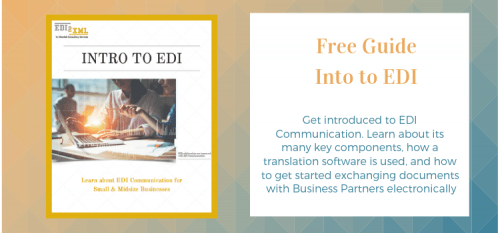This post was updated to reflect current trends and information.
EDI communication, although it may still have a bad rep for being too complex and expensive, is growing in popularity amongst businesses. It still remains to be the best and most secure method of exchanging electronic information between Trading Partners. Does it have to be so complex and expensive? Not at all! It’s whom you choose to hire as your EDI Provider that makes all the difference. Most large Providers are not flexible enough to deal with Small and Medium Enterprises. This was a problem in which our EDI experts realized over 20 years ago and eventually found a solution.
The Solution – Fully Managed EDI Service
EDI2XML is a translation tool that converts EDI documents to XML/CSV format (based on a pre-defined schema) for incoming documents (and vice versa for outgoing documents). XML is a format that is easily readable by any business person, no matter their IT or EDI knowledge. It is also easier to integrate this XML document into the company’s management system – automating and simplifying the whole communication process. On top of all this, we understand that not all businesses have an internal IT team, which makes implementing new software solutions difficult and complicated for the business executives. We then needed another solution to another problem. We came up with EDI2XML Managed Services.
Basically, this SaaS cloud offering enabled companies to exchange via EDI with their Trading Partners without lifting a finger. How great is that? Our team picks up any incoming EDI documents straight from the customer’s Trading Partner’s mailbox, converts it into the desired XML format of the customer, and sends it to the customer or integrates the data straight into their management system. Outgoing documents works in the opposite way; we pick up any outgoing XML files extracted from the management system, we convert it into EDI format to then send it straight to the Trading Partner.
Key Benefits of Managed EDI Solution
- Improves customer/partner relationships
- Doing business with the large retailers, who require their partners to use EDI, is finally made possible
- Staff can focus on their core business tasks rather than on manual data entry for incoming orders
- The B2B flow of information is enhanced and simplified
- Exchanging via EDI is affordable for the smaller companies
- Improves order processing cycle time reductions; invoices and POs can be processed within hours rather than days/weeks
- Documents are more accurate (reduced errors) as there is no manual data entry required
- Cash flow is also improved since electronic invoicing via EDI increases the speed of payment by the customers
- Employees can quickly access order statutes or other important information to make strategic decisions
All in all, EDI2XML has indeed eliminated many supply chain inefficiencies that companies are living with today and has provided accuracy and timeliness for order processing. Our team is also very flexible and understands that EDI communication can differ between companies, retailers, etc. After being in the EDI communication business for over 20 years, we’ve seen a lot! Selling a solution is not the way to go – it’s about solving a problem by improving processes. Let us handle your EDI communication process.
Contact us for a free EDI Consultation so we can better understand your EDI requirements, specific to your business
__________________________________________________________________________



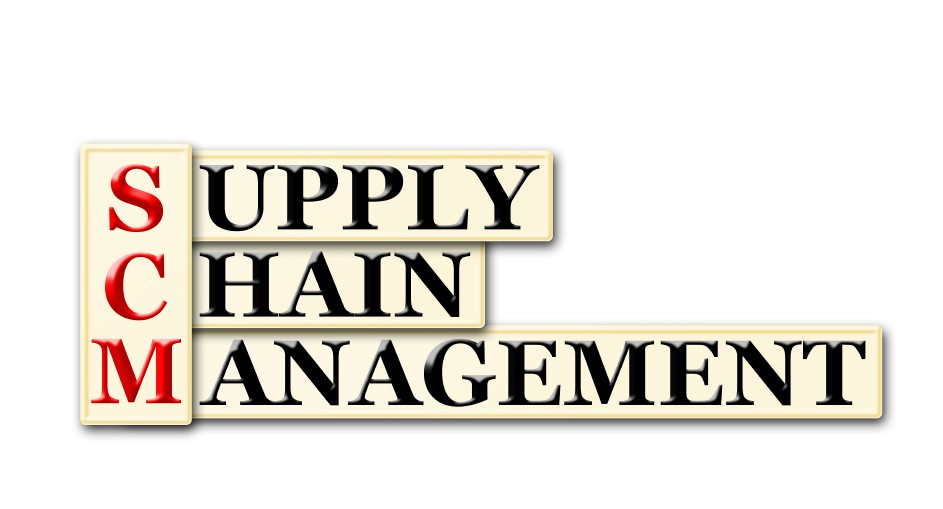


 Salesforce is a cloud-based CRM (Customer Relationship Management) software system. It is very popular amongst enterprises of all sizes as it is best known for its openness for integration. Developers and integrators can read and write data using API and web services. Many companies use Salesforce as a unified tool for leads, campaigns, opportunities and customer tracking.
Salesforce is a cloud-based CRM (Customer Relationship Management) software system. It is very popular amongst enterprises of all sizes as it is best known for its openness for integration. Developers and integrators can read and write data using API and web services. Many companies use Salesforce as a unified tool for leads, campaigns, opportunities and customer tracking.
